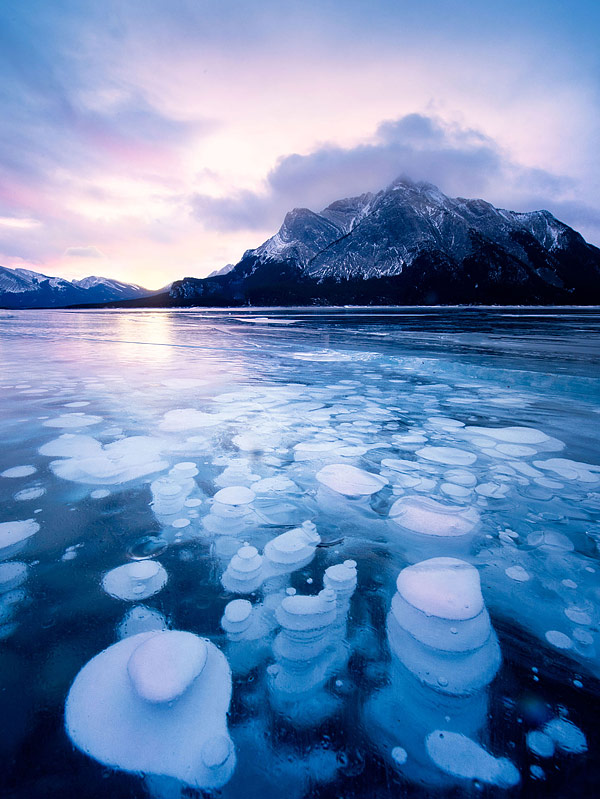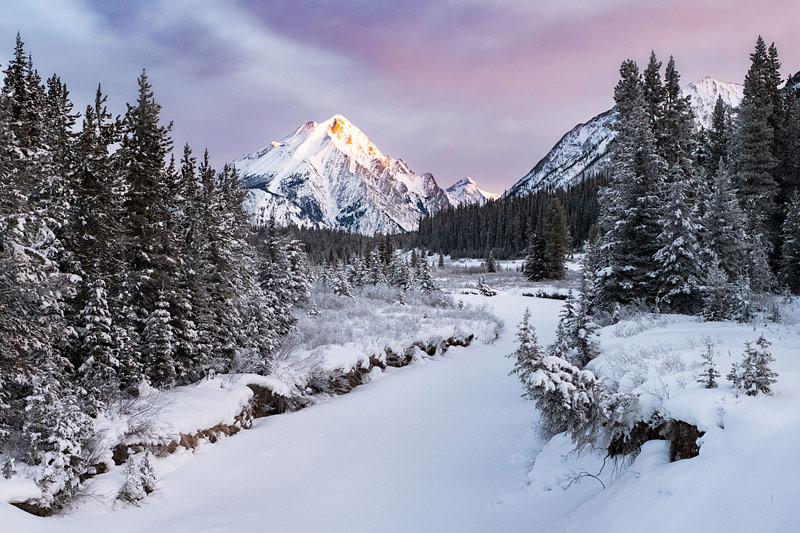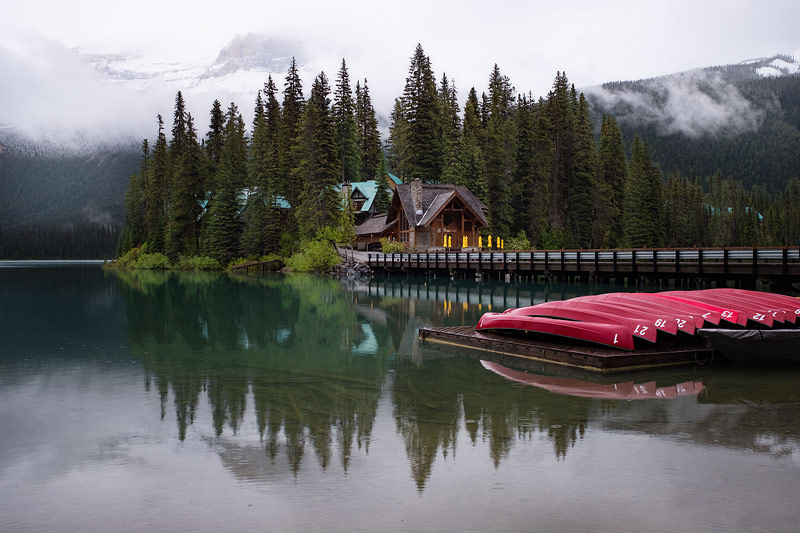Whether you have experienced a full burnout from turning the art form that you loved into a business, or you are a creative person who is experiencing a rut with their inspiration, the bottom line is that we have all experienced some form of dry spell at one time or another in our creative journey.
Creating when we have lost the inspiration to create can be a tough place. In fact, during those dry spells it can be difficult to pick up a camera, much less sit down to process in front of your computer.
In this article I would like to share with you my personal journey from creative highs to burnouts and how one new piece of gear changed everything for me. Here is my story.

In 2009, I had recently ended an engagement and seven-year relationship. During that time I had found my identity wrapped up in the person I was with. Once I had stepped away from that relationship, photography found me. I had used a camera throughout my life on family vacations and had an interest in photography, but I had never given any serious thought about it actually becoming pivotal to my life. Shortly after, my family encouraged me to pursue photography and thought I might have a natural talent to see compositions. I did so by attending a photography workshop in the Great Smoky Mountains National Park. While there I was lucky enough to have a talented and seasoned photographer take me under his wing and teach me everything he knew. His encouragement and mentorship propelled me to enter the Professional Photographers Association’s annual print competition, where I received Diamond Photographer of the Year. It was a shock to everyone (me especially) that this honor would be given to a person in their first year of entering the competition, and I have a strong mentor to thank for that.
Unknowingly at the time though, I would begin to place pressure on my photography and myself to be able to go back and win again. I began to photograph what was safe, what the judges wanted to see and, by doing so, landed myself in an extreme creative rut. Photographing the safe and predictable subjects is never awe-inspiring.
Photography had become my new identity and very much an escape. Where I once found joy in being among nature and creating images, I soon found myself experiencing burnout that led me to a place of frustration. In fact, it took me three years to move forward and step out of that dark creative place. During that time I had stopped photographing for the joy of the process of creating and instead began to photograph to win the approval of other people.
In 2015 I was attending the Photo Plus Expo in New York City. While walking up and down the booths I was instantly drawn to the bright colors hanging on one of the walls. Assuming it was a printing lab, I turned the corner to see who was responsible for such gorgeous printing and colors. It was Fujifilm. It also turned out to be my dear friend Karen Hutton’s images. I pulled her aside and asked “How did you get those colors?”. It was the first spark that my photographic heart had felt in a long time. She replied “it’s the camera”.
When the Fujifilm system arrived in the mail, I was excited to see if I could achieve those same vibrant colors and whether my sweet friend, Karen, was telling the truth about this camera body.
Moving to a new system after being a dedicated Nikon girl was difficult. My husband and I were scheduled to spend a week in the Great Smoky Mountain National Park. I placed my Nikon on the shelf and committed myself to one uninterrupted week of time with the Fujifilm system. I’ll be honest, it was frustrating at first. But, over the course of those first few days, as I began to understand how it worked, I saw the colors appear on the LCD and subsequently then appear on my computer monitor, I fell in love.
Something shifted on that trip; where I was once burned-out and lacked an interest in creativity and photography, I now had a new challenge. The external controls were a fresh change and I found that by altering my approach with the camera, everything changed. My love for photography was reignited.
Today, my husband and I have three businesses that are all based around nature photography, and I am still using the Fujifilm system. When I have opportunities to teach, I am always encouraging folks to use what they have to be the best they can be. I also challenge them to use what they currently have in new ways.
Certainly, the message of this article is not that if you are experiencing burnout, you should run out and buy a new camera system, Fujifilm or otherwise. I simply hope your takeaway is that if you find yourself in that same creative rut that I found myself in, you will work to try something new. Perhaps it will be a new camera, attending a workshop or, maybe, venturing into a new location on your own. It could also be something as simple as learning a new technique in your post processing, or changing the subject matter of what it is you capture.
Whether this article meets you in a moment of current creative rut, or you tuck it away for the next time you hit a dry spell, I’d like to encourage you to press through and keep going. Fight for your creativity and inspiration.
Also, remember this: the fastest way to kill your creative spirit is when you start photographing for other people’s praise, approval, or 'likes'. Stay true to your own heart, continue on the journey and follow the path that caused you to pick up a camera in the first place.






2 Comments
Pictures are stunning. I don’t know how you’re doing it, but I hope I’m going to learn by reading articles.
Thanks for sharing your story, Tiffany. My latest endeavor is making multi-row panoramas, and I’m amazed at the file sizes and its implications for printing BIG. It’s new found excitement; the challenges of learning and improving one’s craft.